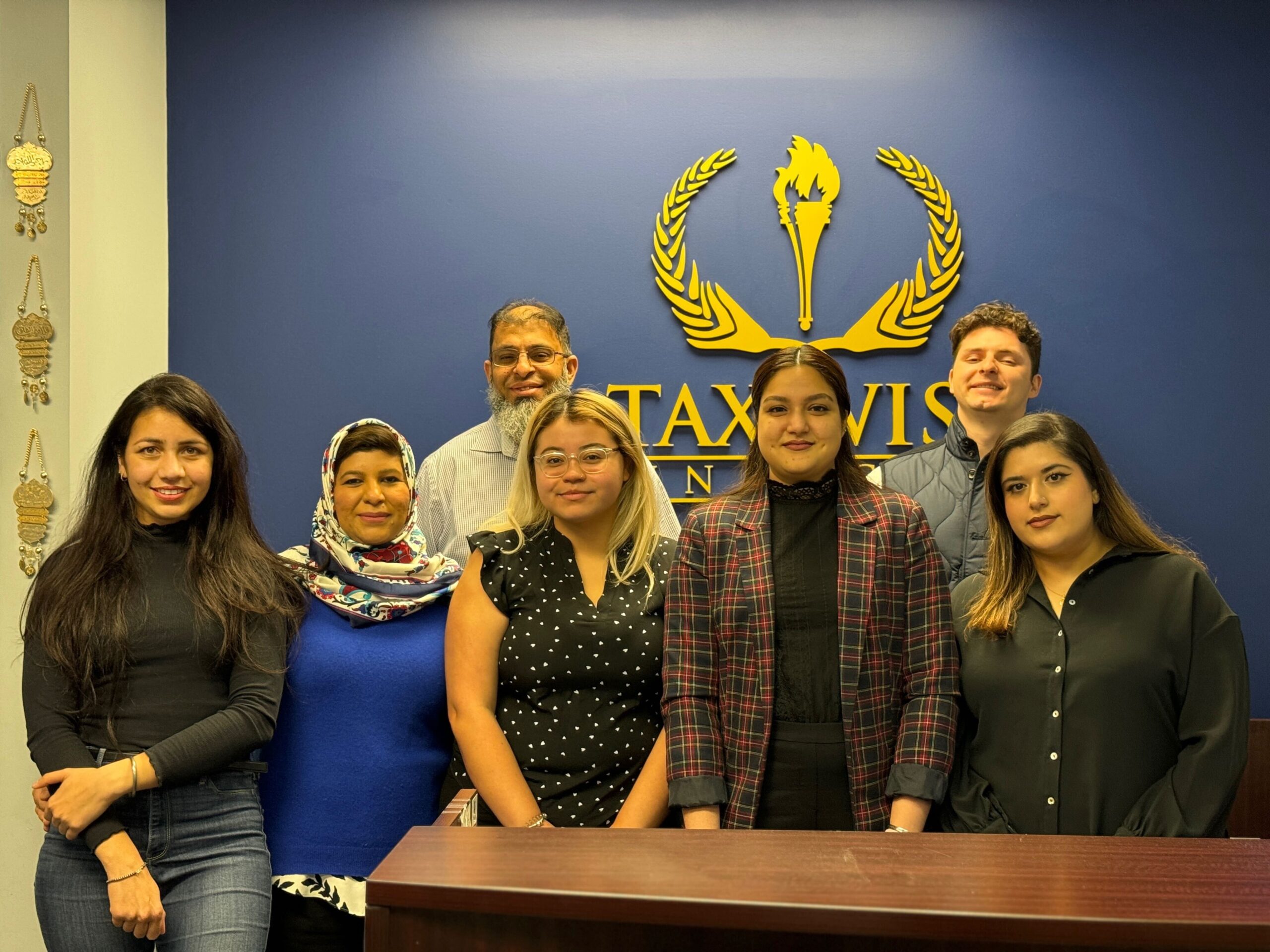
Introduction: Why Retirement Planning Matters
Planning for retirement can feel overwhelming, especially when it comes to making smart choices about your savings. Many people hear about retirement accounts like the Traditional IRA and the Roth IRA, but don’t always understand how they work together. One of the most powerful strategies is using a Traditional IRA for tax savings while later converting it into a Roth IRA.
This process can give you flexibility, save you money on taxes, and help your retirement money grow tax-free in the future. In this article, we’ll explain how it works, when it makes sense to convert, and how tax saving investments play a role in shifting your overall tax strategy.
Understanding the Basics: Traditional vs. Roth IRA
Before diving into conversions, it’s important to understand how these accounts differ.
- Traditional IRA:
- You often get an upfront tax deduction when you contribute.
- Your investments grow tax-deferred, meaning you don’t pay taxes until you withdraw money.
- Withdrawals in retirement are taxed as ordinary income.
- Roth IRA:
- You don’t get a tax deduction when you contribute.
- Your investments grow tax-free.
- Qualified withdrawals in retirement are tax-free.
When you combine both strategies, using the Traditional IRA for tax savings now, and then converting to a Roth for tax-free growth later, you create a balance that can lower your lifetime tax bill.
When Is It Smart to Convert?
The big question is: When should you convert a Traditional IRA to a Roth IRA? Timing matters a lot.
Here are some common situations when a conversion makes sense:
- When your income is lower than usual
- If you have a year where you earn less, maybe due to a career change, going back to school, or taking time off, you might be in a lower tax bracket. Converting then means you’ll pay less tax on the amount moved into the Roth.
- Before Required Minimum Distributions (RMDs) begin
- At age 73, the IRS requires you to start taking withdrawals from your Traditional IRA. These are taxed as income. Converting before that age can help reduce future taxable distributions.
- If you expect higher taxes in the future
- Some people believe tax rates will rise in the coming years. Converting now locks in today’s tax rates, which could save you money long-term.
- When you want to leave a tax-free inheritance
- Roth IRAs don’t require withdrawals during your lifetime. This makes them powerful tools for leaving money to heirs without saddling them with a large tax bill.
Tax Savings From Tax Saving Investments
This is where things get interesting. Many people wonder how tax saving investments shift when you convert from a Traditional IRA to a Roth IRA.
- Traditional IRA Contributions: By contributing to a Traditional IRA, you may lower your taxable income in the year of contribution. That’s the first form of tax savings.
- During Conversion: When you move money from the Traditional IRA into a Roth, you pay taxes on the amount converted. This can feel like a setback, but it’s really a trade-off, you’re paying taxes now so you can enjoy tax-free withdrawals later.
- After Conversion: Once your money is in the Roth, future growth and withdrawals are tax-free. In other words, you give up the short-term tax savings from a Traditional IRA, but you gain long-term savings that can be much bigger.
This shift is why financial experts often recommend balancing both strategies, using a Traditional IRA for tax savings when your income is high, and later converting to a Roth during lower-income years.
Step-by-Step: How to Convert From a Traditional IRA to a Roth IRA
If you think a conversion might be right for you, here’s a simple breakdown:
- Check your eligibility
- Anyone can convert a Traditional IRA into a Roth IRA. There are no income limits for conversions.
- Estimate your tax bill
- Figure out how much you want to convert. That amount will be added to your taxable income for the year. Use a tax calculator or work with a financial advisor to avoid surprises.
- Decide on full or partial conversion
- You don’t have to convert the entire balance at once. Many people do partial conversions over several years to stay in lower tax brackets.
- Execute the conversion
- Contact your IRA provider and request the conversion. The money will move from your Traditional IRA into your Roth IRA.
- Plan for the tax payment
- Be ready to pay taxes on the converted amount. Ideally, pay taxes with money outside the IRA so your retirement funds keep growing.
Pros and Cons of Converting
Like most financial decisions, there are trade-offs.
Pros
- Future withdrawals are tax-free.
- No required minimum distributions (RMDs).
- Potentially lower lifetime taxes.
- A great way to leave money to heirs tax-free.
Cons
- You owe taxes at the time of conversion.
- If you convert during a high-income year, you could bump into a higher tax bracket.
- Using IRA money to pay the taxes reduces the benefits.
The key is weighing the short-term cost against the long-term savings.
Examples: How Tax Saving Investments Shift
Let’s look at a simple example to see how tax savings change.
- Scenario A: Keeping a Traditional IRA
- Maria earns $80,000 a year. She contributes $6,000 to her Traditional IRA, lowering her taxable income to $74,000. She enjoys immediate tax savings. In retirement, however, all withdrawals are taxed.
- Scenario B: Converting to a Roth IRA
- After a career break, Maria’s income drops to $40,000 one year. She converts $20,000 from her Traditional IRA to her Roth IRA. She pays taxes on the $20,000 now, but from then on, all her future growth and withdrawals from that Roth are tax-free.
This shows how tax saving investments shift depending on timing and income.
Final Thoughts: Finding the Right Balance
The decision to convert from a Traditional IRA to a Roth IRA isn’t one-size-fits-all. It depends on your income, tax bracket, retirement goals, and even your family situation.
By using a Traditional IRA for tax savings when your income is higher, and converting to a Roth when your tax rate is lower, you can build a flexible, tax-efficient retirement plan.
Remember: taxes are just one piece of the puzzle. Talking with a financial planner or tax professional can help you decide when and how to make the most of this strategy.


